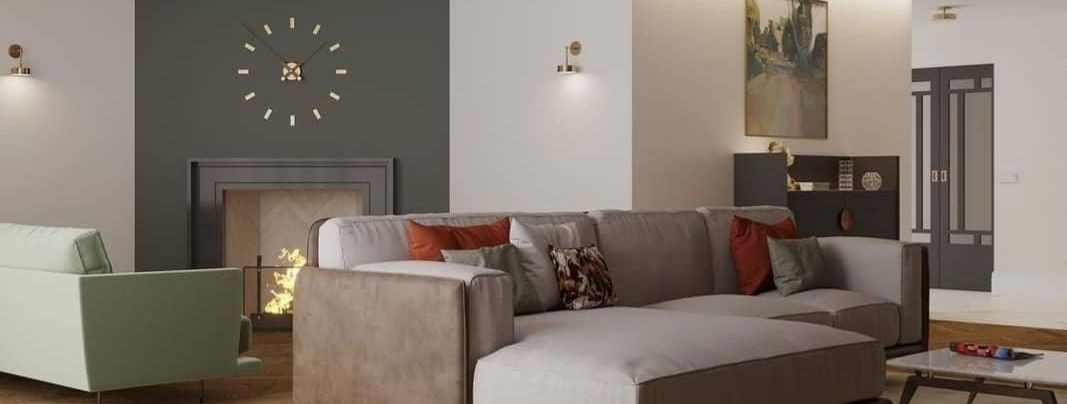The psychology of color in interior design
Color psychology is the study of hues as a determinant of human behavior. It explores how colors can influence perceptions and emotions, often subconsciously. In interior design, color psychology is a pivotal tool for creating spaces that reflect a homeowner's personality and evoke desired feelings.
Colors have the power to impact our mood, energy levels, and comfort. For instance, certain shades can stimulate the mind and increase productivity, while others can have a calming effect, promoting relaxation and stress relief.
The Significance of Color in Interior Design
Color can alter the perception of a room's size and shape. Light colors can make a room feel larger and airier, while dark colors can create an intimate and cozy atmosphere.
Creating a balanced color palette is essential for achieving harmony in a space. Contrast can be used to draw attention to design elements or create dynamic interiors.
Choosing Colors for Different Rooms
The living room is often the heart of the home, where families gather and guests are entertained. Warm, welcoming colors like soft yellows or earthy tones can foster a sense of togetherness and comfort.
For bedrooms, soothing colors such as blues and greens can promote better sleep and relaxation, creating a personal retreat.
Kitchens benefit from energizing colors like reds and oranges, which can stimulate appetite and social interaction.
Bathrooms are ideal for cool hues like blues and greens, which can create a spa-like, serene environment.
In office spaces, productivity can be enhanced with shades of green or blue, which are known to improve focus and efficiency.
Color Trends and Cultural Influences
Staying abreast of color trends can keep interiors feeling modern and fresh. However, it's important to balance trends with timeless design to ensure longevity.
Different cultures attribute various meanings and emotions to colors. Understanding these can be crucial when designing spaces for an international clientele.
Psychological Effects of Specific Colors
Warm colors, such as red, orange, and yellow, can evoke feelings of warmth and comfort but also stimulate conversation and appetite.
Cool colors like blue, green, and purple generally create a calming and relaxing atmosphere, often used in bedrooms and bathrooms.
Neutral colors provide a backdrop that allows for flexibility in decor. They can be paired with accent colors to add depth and interest to a room.
Practical Tips for Incorporating Color Psychology
Natural and artificial lighting can significantly affect how a color is perceived in a space. It's important to consider the quality and quantity of light when selecting colors.
Using a color wheel can help in creating a cohesive color scheme that aligns with the psychological effects you wish to achieve.
Colors can also be used strategically to enhance the functionality of a space. For example, vibrant colors can delineate areas in an open-plan space, aiding in organization and flow.






Comments (0)